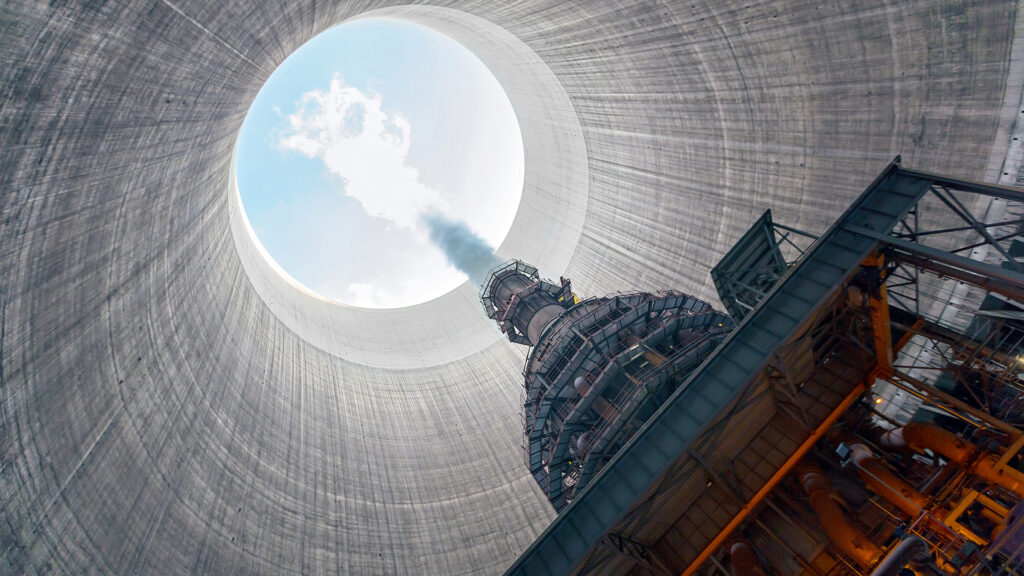The manufacturing of additives, also known as 3D printing, has achieved faster innovation, lower costs and improved safety in the nuclear sector.
As the global energy sector moves towards low-carbon solutions, nuclear power remains a key pillar of sustainable power generation. Since Sweden, nuclear energy has long provided reliable electricity with minimal carbon emissions. However, the industry faces lasting challenges. Aging infrastructure, higher costs for new builds, and the need for more flexible and efficient manufacturing methods.
3D reactor printing?
Also known as 3D printing, additive manufacturing (AM) allows for the creation of complex geometry per layer, providing design freedom and manufacturing flexibility. For the nuclear sector, this means faster innovation, reduced costs and improved safety. The basic concept of AM for reactor components is similar to commercial plastic filament printers where parts are constructed with layers of melted material per layer, but metal 3D printing involves much higher temperatures, uses fine metal powders and relies on a powerful laser or electron beam to fuse the material. The materials used are well known and well understood, such as the ubiquitous 316 stainless steel, but the unknowns present in AM components remain a hurdle for adoption into the nuclear industry.
Breathe new life into the aging reactor
Many Swedish nuclear reactors were commissioned between the late 1970s and mid-1980s. As these facilities age, the discontinuation of production lines and outdated designs makes it increasingly difficult to procure replacement parts for outdated systems. AM provides solutions by enabling the replication of legacy components that are no longer available for commercial use. Through reverse engineering and digital modeling, AM can replicate complex components with high accuracy, ensuring the continuous operation and safety of the aging infrastructure.
Although AM is widely adopted in the aerospace and medical industries, its use in nuclear applications is still emerging. Components manufactured using AM have already been deployed in non-safety critical systems within nuclear power plants. However, the nuclear industry is one of the most highly regulated sectors in the world, and wider adoption of new technologies may be slower, especially for components exposed to reactor cores. Before using new materials or components in a nuclear reactor, you must undergo a multi-step qualification and approval process that starts with laboratory testing under simulated conditions and performs experiments with material test reactors. This data is then analyzed and submitted to regulatory authorities conducting a thorough review.
Components generated by AM are no exception. Unlike traditional materials that benefit from decades of in-reactor testing and post-irradiation analysis, AM materials lack a comparable basis, even if they have the same composition as the cast counterpart. This is particularly relevant to neutron irradiation, high temperatures, and components exposed to reactor coolant environments where failure mechanisms can be heavily influenced by the microstructure of the material.
AM materials typically exhibit different microstructures compared to traditional casting materials due to their per-layer manufacturing process and rapid solidification rates, and often exhibit irregular grain structures, porous or unmelted powder particles. These features can have a significant impact on corrosion resistance and behavior under irradiation.
State-of-the-art condition
Characterization of nuclear reactor AM components is still in its early stages. Ion irradiation is often used as a first-stage proxy for neutron damage in material testing, as the damage generated is similar, but there is no risk of activating irradiation components that make analysis more difficult and expensive.
Irradiated materials are investigated using the most advanced microscopy, including Atom Probe tomography (APT). ATPT investigates damage caused to these materials by irradiation at near-atomic resolutions, allowing for a more comprehensive characterization.
I’m looking forward to it
Additive manufacturing is not just a halt to aging infrastructure, but a key enabler of next-generation nuclear technology. However, recognizing the potential of AM in the nuclear requires continuous investment in research, testing and regulatory development. This can only be done through close cooperation and public support between academia, industry and regulatory bodies. A prime example of this joint approach is the Swedish Anita Competence Centre, the Academic Industry Nuclear Technology Initiative to Achieve a Sustainable Energy Future. Hosted by Uppsala University in collaboration with leading industry players such as Chalmers, KTH and Vattenfall and Westinghouse, Anita is a national initiative dedicated to supporting the safe and efficient deployment of small scale modular reactors (SMRs). The centre funds cutting-edge research into materials science, licensing, public engagement and reactor design. The flexibility of AM and rapid prototyping capabilities are naturally consistent with the modular and scalable properties of SMR, making it a powerful combination of nuclear energy in the future.
As the world is looking for resilient, low-carbon energy solutions, the manufacturing of additives and the convergence of advanced nuclear technologies offers an attractive path. Initiatives like Anita have placed Sweden at the forefront of the nuclear renaissance. The future of nuclear energy could be printed layer by layer.
This article will also be featured in the 23rd edition of Quarterly Publication.
Source link

